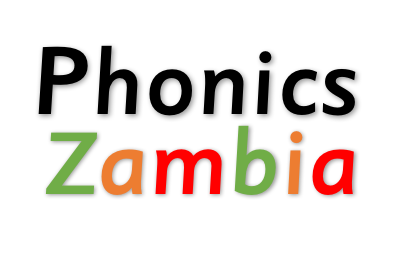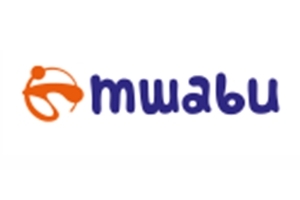About phonics

Phonics means the sounds associated with individual letters and groups of letters, that when we blend them together enable us to pronounce words correctly. In order to become effective readers, children need to gain a real understanding of sound/letter correspondences – they need to “crack the alphabetic code”. This is especially important for English, which has one of the most complex codes of all languages. The teaching method which best enables children to “crack the code” is called systematic phonics.
Previous initiatives in Zambia have already shown the value of a phonics approach. Teachers appreciate that applying this approach makes a real difference to children.
That’s why we have set up PhonicsZambia, a three-way partnership between the Zayohub, Zambian Education Boards and Educators International. Together we are implementing an integrated literacy programme (PhonicsByPhone and AssessmentByPhone) in some Zambian basic schools in the period from January 2019 to February 2020. The programme, which is led by staff of the Zayohub and DEB Officers backed by technical assistance from EI, aims to demonstrate whether a rigorous approach to teaching literacy through phonics, with regular teacher-led assessment of each child’s progress, is practical and cost-effective in a Zambian context. If successful, the programme may be extended in Zambia.
EI has been working with phonics for many years, across four continents. We have developed an integrated approach to teaching literacy which delivers excellent outcomes, consistently across schools, simply and cost-effectively, with high levels of engagement by teachers, children and parents. The twin components of EI’s approach are PhonicsByPhone and AssessmentByPhone.
PhonicsByPhone is a teacher training programme delivered by blended learning: initial face-to-face training is backed up by audio lessons (podcasts) delivered direct to the teacher’s own mobile phone. The content draws on the expertise of experienced educators and education resource publishers worldwide. It is a rigorous, systematic approach to phonics that aligns closely with the the principles of the International Federation for Effective Reading Instruction (IFERI), of which EI is a founder member.
AssessmentByPhone is a system of randomised teacher-led assessment, calibrated to internationally recognised tests, to give the teacher a clear picture of each child’s progress in reading. The teacher can very quickly carry out an accurate assessment, and use the results to inform their teaching, perhaps even the very next day! And the results can be reported instantly using the teacher’s own mobile phone, cutting delays and reducing paperwork.
The core strategies of the PhonicsByPhone audio units, and back-up materials on this website, are drawn from best practice in synthetic phonics teaching around the world. The order of the more than 42 sounds taught follows that of the Phonics International scheme used by thousands of schools. The implementation can be adapted to suit any given national curriculum, and also to any local policies on mother tongue teaching.
The key idea at the centre of the PhonicsByPhone audio units is that each sound is represented by a letter or letters which are “code” for the sound. These codes and their associated example words draw on an alphabetic code based on earlier work by Phonics International.
The alphabetic chart (click on the link to download a pdf) uses simple words. Our scheme guides teachers to teach the sounds in the order that they occur most frequently and allow the maximum number of common words to be blended – s a t i p n. Other sounds follow in a logical pattern – not just the alphabetic order.
Once early readers are able to:
Recognise these sounds when they hear them;
Identify the letter when they hear the sound;
Say the sound when they see the letter; and
Write the letter when they hear the sound
…they will already be able to sound out each sound and combine them (blend) to read short words like: cat, sat, pin, nip, sit, nap, ink, ant and so on.
And they will be able to break words down into individual sounds (segment) to spell.
So after learning the sounds and letter formations for just these first six letters, children are already on the way to reading and writing.
As the course progresses, more single letter sounds are added, as well as sounds that are made up of more than one letter like ch and sh, oo and ow, and igh.
And all the time the pupils are taken through multi-sensory activities so that they know the letters, and the sound each one makes, just as well as they know their own name.
The children will hear the sound, say the sound, sing songs with the sound, and make actions for the sound, all in association with the letters and how they are formed.
What does all this mean?
It means that children will not need to memorise a word in order to read it the next time. They will be able to work out what the word says – what it looks like, and what it sounds like – without any help.
They will be independent readers. And independent readers can read to learn!





